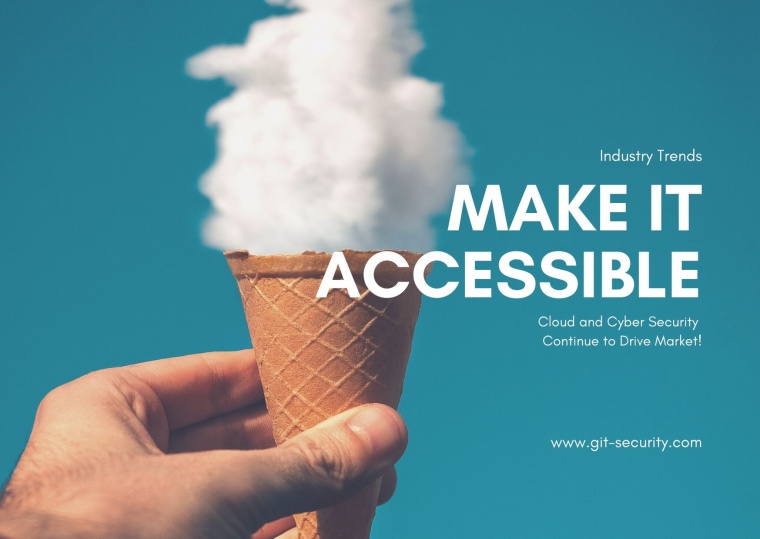Industry Trends: Cloud and Cyber Security Continue to Drive Market

Advancements in security technology, fueled by growing capabilities in AI / deep learning and increasing cloud adoption, are changing the market in a host of different ways. As the technology becomes more sophisticated, users are increasingly looking for it to be presented in a user-friendly and intuitive way. With this in mind, here are some trends ONVIF are expecting to see continue in the year ahead that will help these advancements remain accessible and useful tools for end users.
Ready or not, the cloud is already making its impact on the industry. Specifically in the IoT space, the security industry is making the shift to truly embracing the cloud. Worldwide spending on public cloud services and infrastructure was forecasted to reach $210 billion in 2019 – an increase of nearly 24 percent over 2018.
Beyond the traditional benefits of cloud, such as reduced hardware purchase and maintenance costs, the video surveillance side of the market benefits from the cloud because it helps enhance functionality through analytics, as well as better battery utilization on the device level and bandwidth management. Benefits are also on the access control services side as well – providing value for businesses and organizations of all sizes. Cloud-based access control enables credential management that’s more accessible, flexible and easier to manage. Cloud connectivity provides the ability for a small business owner to grant and revoke access rights, create schedules and monitor their access control system from a remote location.
Interoperability
Aside from IoT, the industry has also matured in other ways. Complicated issues like integrations and interconnectivity have become more simplified, while still maintaining system integrity. Integrators and manufacturers in particular have a real opportunity here, especially in markets such as schools and governments that require a higher need for efficiency, which can be achieved through smarter integrations.
ONVIF plays a large role in providing these easier and smarter integrations. Their profiles are widely known throughout the security industry as standards by which products can use to communicate and what enables devices and clients from different manufacturers to perform basic (but ever growing) sets of functions. Enabling interoperability between manufacturers’ products provides increased levels of choice, which results in best of breed solutions, customizable to individual user needs.
Some ten years and six profiles later, ONVIF have developed some other tools to assist in the connected platform approach. Some innovations are standalone features, which were not intended for a specific profile, or other functions that came into existence as a fortuitous byproduct of something else. In any case, the ONVIF Core Specification is full of these additional tools that can enrich the industry perhaps in different ways than some of the profiles.
One of the more recent examples is Export File Format, which provides the ability to export recorded video files in a common format and also provides a video player with which the clip can be replayed. While it certainly serves an important function, particularly to the law enforcement community who need the ability to access video footage from multiple sources in the event of an incident, export file format is not included in any specific profile. Rather, it is a feature contained in the Core Specification, and ONVIF members are free to deploy the feature as they wish.
Cyber Security
In the past year, cyber security concerns have remained a focal topic. The industry responded well to the sudden increase of cyber security issues, with a growing list of companies having well-defined processes in place. Some companies offer full-scale cyber security programs, whereas others simply keep end-to-end encryption in mind when designing a system from conception to installation. The user community is quickly learning that cyber security is not an isolated technical challenge or threat, but rather an ongoing commitment to have security processes and policies in place and up to date.
This recognition that cyber best practices must be in place, regardless of system approach, is contributing to an increase in demand for integrated solutions that can be easily monitored. In 2019, the security world saw rising interest for interoperability all the way to the system-to-system level, not only within the security industry, but also in neighboring industries where the prospects for IoT have drastically improved schools, government and smart homes. As such, the industry has matured in its relation to IoT. We can now only imagine how IoT will play a part in smarter and safer system deployments in the future.











